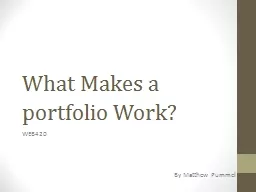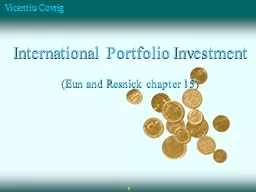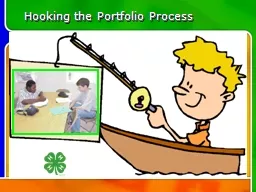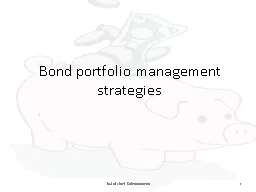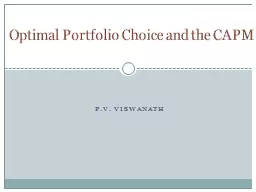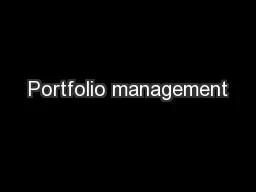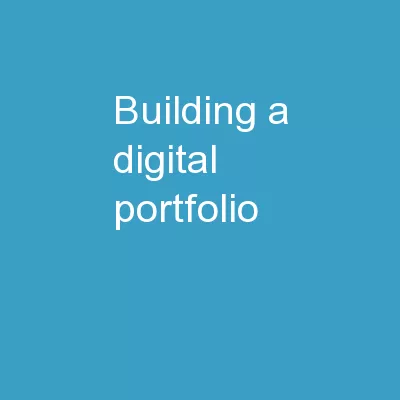PPT-What Makes a portfolio Work?
Author : giovanna-bartolotta | Published Date : 2016-06-24
WEB420 By Matthew Pummel What is a Portfolio portfolio pawrt fṓlee flat case for documents a large flat case for carrying documents such as maps
Presentation Embed Code
Download Presentation
Download Presentation The PPT/PDF document "What Makes a portfolio Work?" is the property of its rightful owner. Permission is granted to download and print the materials on this website for personal, non-commercial use only, and to display it on your personal computer provided you do not modify the materials and that you retain all copyright notices contained in the materials. By downloading content from our website, you accept the terms of this agreement.
What Makes a portfolio Work?: Transcript
Download Rules Of Document
"What Makes a portfolio Work?"The content belongs to its owner. You may download and print it for personal use, without modification, and keep all copyright notices. By downloading, you agree to these terms.
Related Documents

